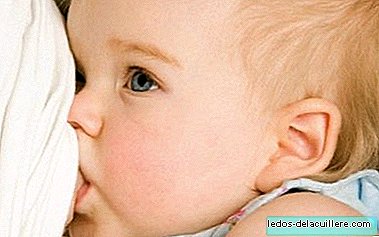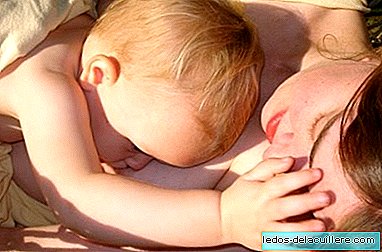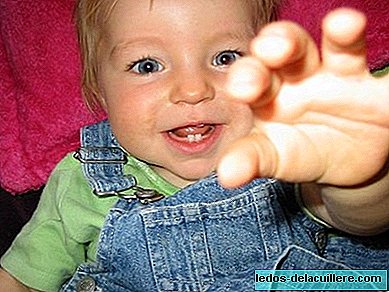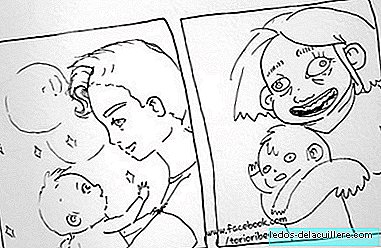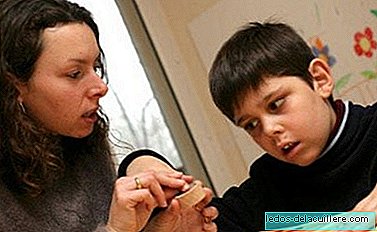
We have already spoken, when we interview Dr. Emilio Santos, of the possible relationship between the use of synthetic oxytocin in childbirths and high autism figures, reaching this conclusion, based, among other works, on a study published in 2008 by A team of Swedish researchers.
Today I present a work recently published in the Journal of Psychiatry and Mental Health by doctors Ibone Olza (psychiatrist), Miguel Ángel Marín (neonatologist), Francisco López (obstetrician) and Ana María Malalana (neonatologist), of Puerta de Hierro Hospital from Madrid, which reinforces the idea that there may be a relationship between autism and the alteration of the endogenous production of natural oxytocin.
Oxytocin has a decisive role in uterine contactions that lead to birth and also to milk ejection. Today we know that, in addition, it is related to social behaviors such as attachment to the mother, sexuality and communication.
In mammals it has been found that interfering in the sensitive period of breeding affects behavior and even neuronal mechanisms.
In the human being, the production of endogenous oxytocin It increases in the period immediately after delivery and in the beginning of breastfeeding, having peaks in each breastfeeding, favoring the feeling of loving union towards the newborn and lowering the pain threshold. However, the production of natural oxytocin is disrupted if synthetic oxytocin is used or stress situations occur, increasing cortisol production.
Scheduled delivery, the use of oxytocin antagonists in childbirth, caesarean section, breastfeeding discarding and separation of the baby alter the maternal oxytocin production and this, in addition to the mother's behavior, it seems that it may have a reflection on the baby's activity, both for biological reasons and for reflection towards the maternal behavior.
This is especially significant when it comes to the early onset of breastfeeding, for which the human baby is programmed by oxytocin and smell. That crucial moment in the life of the newborn is his first and most important contact with his mother through gaze and sensory communication.
Autism, as a developmental disorder, implies alterations in the ability to communicate, the capacity for social interaction and the appearance of repetitive behaviors.
It is deepening in the study of the possible relationship between the alteration of natural oxytocin and autism, taking into account that there are important epigenetic factors that would determine the presentation of the disorder in the prone individuals, the impact on males being significantly higher, as in other mammals, just as the number of human males with autism is greater.
Given the evidence of the role of oxytocin in the social, communicative and emotional behavior of the human being, it is still necessary to continue investigating, in the opinion of the authors, in the relationship of autism with the alteration of natural oxytocin at birth and the sensitive period.



